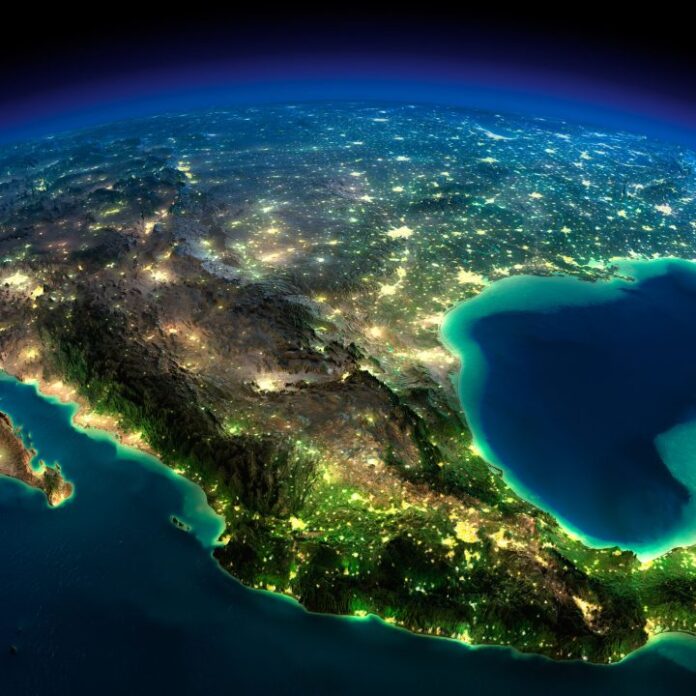The 5G spectrum auction is expected to happen this year
Mexico’s telecom regulator IFT approved the launch of a public consultation to put together an auction of 330 megahertz of additional low and mid-band spectrum.
In total, the regulator aims to award 330MHz, of which 90 megahertz corresponds to low bands and 240 megahertz to mid-bands, IFT said in a release.
IFT said it plans to offer 70 megahertz in the 600 MHz band (614-698 MHz), 50 megahertz in the 3.3 GHz band and 90 megahertz in the L band (1.427-1.518 GHz), all of which are “conducive for the development of 5G services.”
The IFT also says that it has surplus spectrum available that it could include in the spectrum auction. These include 20 megahertz at 800 MHz and another 20 megahertz at 850MHz, 40 megahertz in the 2.5 GHz band, 10 megahertz in the AWS band (1.700-2.100 GHz) and up to 80 megahertz in the PCS band (1.800-1.900 GHz).
The public consultation contains specific questions regarding the bands available for bidding, configuration proposals and size of the blocks to be offered, application of spectrum accumulation limits, options for the allocation mechanism to be used, participation incentives, measures to be implemented to promote participation and the most appropriate dates for the start of the bidding process, among others.
“The upcoming tender for radio spectrum, which is the reason for this public consultation, is of particular importance given the implementation and development of next-generation technologies, such as 5G,” the IFT said.
“The design of this new tender will seek to assign the greatest amount of spectrum possible and that new players in the mobile market can access this resource, especially for the provision of services in underserved areas, in order for the largest number of inhabitants are covered by these services,” the regulator added.
Mexican operators are currently offering 5G services in some Mexican cities. However, they require a greater amount of frequencies to be able to expand their services.
The 5G spectrum auction is expected to happen this year. The IFT also noted that the consultation process is open until February 3.
AT&T Mexico is offering its 5G services in various cities across the country. The operator’s 5G services are active in Mexico City, Guadalajara, Monterrey, Tijuana, Mexicali, Ciudad Juárez, Mazatlan, Ciudad Obregon, Navojoa, Guasave, Ensenada, Puerto Penasco Guamuchil, Hemosillo, Culiacan, Saltillo, Torreon and Morelia.
AT&T expected its 5G network infrastructure to reach 25 new cities across Mexico before the end of 2022. The carrier had initially launched 5G services in Mexico in December last year using spectrum in the 2.5 GHz band.
Meanwhile, Mexican telecom group America Movil’s CEO Daniel Hajj had said that the operator expected to reach the main cities in Mexico with 5G by the end of last year.
In February 2022, America Movil launched 5G services in 18 of Mexico’s largest cities, reaching more than 48 million people.
The company, which operates in the mobile telephony segment through the Telcel brand, initially launched 5G in Mexico City, Monterrey, Guadalajara, Tijuana and Puebla, among other cities.
Last month, Movistar, announced the launch of 5G services in in Ciudad de Mexico, Culiacan and Hermosillo, with plans to launch this technology in Guadalajara and Monterrey in the coming days.
The Mexican carrier also expects to launch 5G in 30 new cities across the country by March 2023.
Movistar is using AT&T’s network infrastructure for the provision of 5G in Mexico. Both telcos have had a network infrastructure-sharing agreement since 2019.

